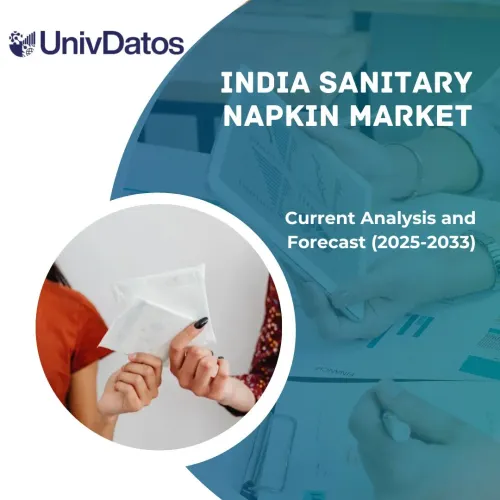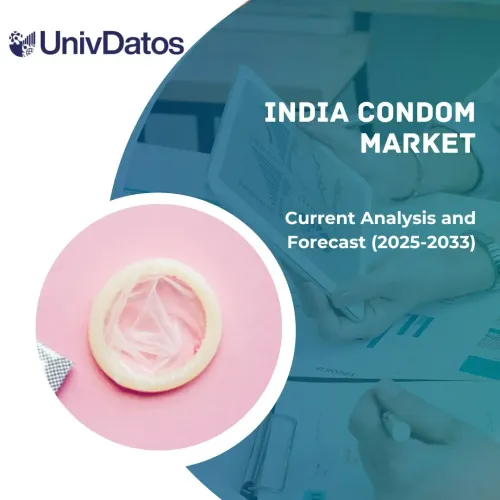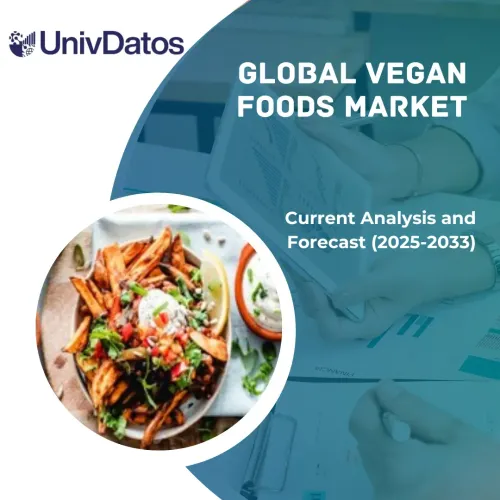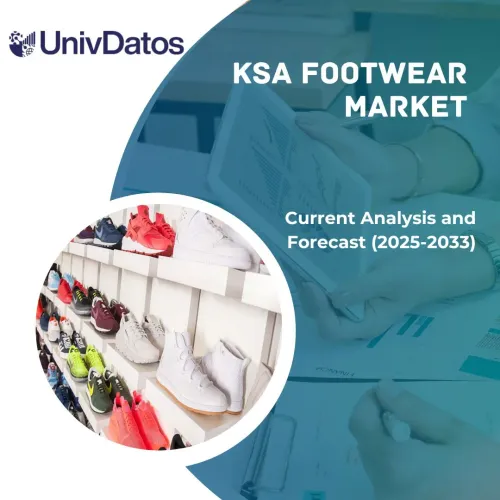- Home
- About Us
- Industry
- Services
- Reading
- Contact Us
Dairy Processing Equipment Market: Current Analysis and Forecast (2021-2027)
Emphasis on Type (Pasteurizers, Homogenizers, Mixers & Blenders, Separators, Evaporators & Dryers, Membrane Filtration Equipment); Application (Processed Milk, Fresh Dairy Products, Butter & Buttermilk, Cheese, Milk Powder, Protein ingredients); Operation (Automatic, Semi-Automatic); Region/Country
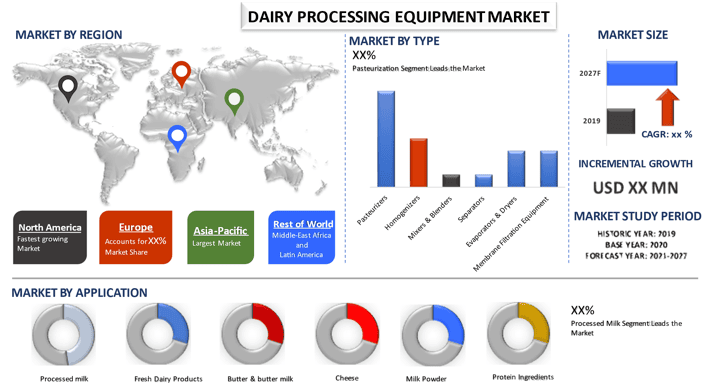
Global Dairy Processing Equipment Market was valued at US$ 10 Billion in 2020 and is anticipated to reach US$ 14.4 Billion by 2027 displaying an elevated CAGR of 5.5% over the forecast period (2021-2027).
Dairy Processing Equipment such as Pasteurizers, Homogenizers, Mixers & Blenders, Separators, Evaporators & Dryers, Membrane Filtration Equipment is widely used to assist various dairy products after the milk has been processed. These types of equipment not only increase the shelf life of milk and its products but also assess the impact of foodborne diseases. The major applications of these automatically running equipment include Processed milk, Fresh dairy products, Butter & buttermilk, Cheese, Milk powder, and Protein ingredients. The demand for dairy processing equipment is increasing on account of the rising production as well as consumption of milk and its byproducts such as yogurt, cheese, milk powder, and others along with increased demand for automation in dairy product manufacturing.
Annual consumption of fluid cow milk worldwide in 2020, by country (in 1,000 metric tons)
Insights Presented in the Report
“Amongst Type, Pasteurizer segment holds the major share.”
Based on Type, the market is fragmented into Pasteurizers, Homogenizers, Mixers & Blenders, Separators, Evaporators & Dryers, Membrane Filtration Equipment. The Pasteurizers segment dominated the market in 2020 and is expected to grow at lucrative during the forecasted period. In the pasteurization process, the milk is heated to a temperature below the boiling point and holding it until all pathogens, which may be present, are killed. As per the U.S. Food and Drug Administration, unpasteurized milk can pose a serious health risk. Pasteurization not only makes the product safer for human consumption but also improves the preservation quality. In addition, it helps to maintain good flavor over a longer period. The rise of technological advancements has led to the availability of pasteurizers having very little energy consumption.
“Amongst Application, Processed Milk segment holds the major share.”
Based on Application, the market is fragmented into Processed milk, Fresh dairy products, Butter & buttermilk, Cheese, Milk powder, and Protein ingredients. The Processed milk segment dominated the market in 2020 and is expected to grow at lucrative during the forecasted period. Processed milk or pasteurized milk is heated to a minimum of 145°F for 30 minutes or 161°F for 15 seconds. Then it is packaged in a sterile and sanitized setting. One more form of refined milk is ultra-pasteurized milk. The milk is heated to a minimum of 280°F for 2 seconds and then it is packaged in near-sterile conditions, making pathogens unable to contaminate the milk again. Unprocessed milk can lead to many Milk-borne diseases such as Tuberculosis, Brucellosis, and Diptheria. As per WHO, TB is one of the top 10 causes of death all over the world and the leading cause from a single infectious agent (above HIV/AIDS).
“Amongst Operation, Automatic segment is anticipated to grow at the highest CAGR during the analyzed period.”
Based on Operation, the market is fragmented into Automatic and Semi-Automatic. The Automatic segment holds the largest share in 2020 and is expected to register the highest CAGR in the upcoming period owing to the high food safety, consistent product quality, flexible production, reliability, production economy, production control, and traceability. Several companies are adopting robotics and automation, for instance, GEA has launched its new thermoforming packaging machine, the GEA PowerPak PLUS, which provides better process reliability and reduced resource consumption during the packaging of milk products.
“Asia-Pacific signifies one of the largest markets and is expected to be the fastest-growing markets of Dairy Processing Equipment market.”
For a better understanding of the market adoption of Dairy Processing Equipment, the market is analyzed based on its worldwide presence in the countries such as North America (United States, Canada, and the Rest of North America), Europe (Germany, France, Spain, United Kingdom and Rest of Europe), Asia-Pacific (China, Japan, India, Australia, and Rest of APAC), and Rest of World. Asia-Pacific will dominate the Dairy Processing Equipment market on account of the rising consumption of Dairy products. In addition, the favorable government policies to support the growth and development of the dairy industries in the Japan and Korea region also propels the market growth. India is the largest producer of milk, and the homogenizer and pasteurizers market is constantly increasing. Some of the major players operating in the market include ITW Food Equipment Group, GEA Group, SPX FLOW, Inc, Krones AG, Tetra Laval International S.A., Alfa Laval Corporate AB, John Bean Technologies Corporation (JBT) Corporation, IMA Industria Macchine Automatiche SPA, IDMC Limited, and Feldmeier Equipment, Inc. Several M&As along with partnerships have been undertaken by these players to boost their presence in different regions.
Reasons to buy this report:
- The study includes market sizing and forecasting analysis validated by authenticated key industry experts
- The report presents a quick review of overall industry performance at one glance
- The report covers an in-depth analysis of prominent industry peers with a primary focus on key business financials, product portfolio, expansion strategies, and recent developments
- Detailed examination of drivers, restraints, key trends, and opportunities prevailing in the industry
- The study comprehensively covers the market across different segments
- Deep dive regional level analysis of the industry
Customization Options:
The Dairy Processing Equipment market can further be customized as per the requirement or any other market segment. Besides this, UMI understands that you may have your own business needs, hence feel free to connect with us to get a report that completely suits your requirements.
Table of Content
Analyzing the historical market, estimation of the current market, and forecasting the future market of the Global Dairy Processing Equipment market were the three major steps undertaken to create and analyze the adoption of Dairy Processing Equipment for the different applications across major Applications such as Processed milk, Fresh dairy products, Butter & buttermilk, Cheese, Milk powder, and Protein ingredients. Exhaustive secondary research was conducted to collect the historical market numbers and estimate the current market size. Secondly, to validate these insights, numerous findings and assumptions were taken into consideration. Moreover, exhaustive primary interviews were also conducted, with industry experts across the value chain of the Dairy Processing Equipment sector. Post assumption and validation of market numbers through primary interviews, we employed a top-down approach to forecasting the complete market size. Thereafter, market breakdown and data triangulation methods were adopted to estimate and analyze the market size of segments and sub-segments the industry pertains to.
Detailed methodology is explained below:
Analysis of Historical Market Size
Step 1: In-Depth Study of Secondary Sources:
The detailed secondary study was conducted to obtain the historical market size of the Dairy Processing Equipment through company internal sources such as annual reports & financial statements, performance presentations, press releases, etc., and external sources including journals, news & articles, government publications, competitor publications, sector reports, third-party database, and other credible publications.
Step 2: Market Segmentation:
After obtaining the historical market size of the Dairy Processing Equipment market, we conducted a detailed secondary analysis to gather historical market insights and share for different segments for major regions. Major segments included in the report are Type, Operation, Application, and Region. Further country-level analyses were conducted to evaluate the overall adoption of Dairy Processing Equipment in every region.
Step 3: Factor Analysis:
After acquiring the historical market size of different segments and sub-segments, we conducted a detailed factor analysis to estimate the current market size of the Dairy Processing Equipment. Further, we conducted factor analysis using dependent and independent variables such as rising production and consumption of milk and other dairy products along with increased automation in dairy product manufacturing.
Current Market Size Estimate & Forecast
Current Market Sizing: Based on actionable insights from the above 3 steps, we arrived at the current market size, key players in the Dairy Processing Equipment Market, and market shares of the segments. All the required percentage shares split, and market breakdowns were determined using the above-mentioned secondary approach and were verified through primary interviews.
Estimation & Forecasting: For market estimation and forecast, weights were assigned to different factors including drivers & trends, restraints, and opportunities available for the stakeholders. After analyzing these factors, relevant forecasting techniques i.e., the top-down approach was applied to arrive at the market forecast about 2027 for different segments and subsegments across the major markets globally. The research methodology adopted to estimate the market size encompasses:
- The industry’s market size, in terms of value (USD) and the adoption rate of Dairy Processing Equipment across the major markets domestically
- All percentage shares, splits, and breakdowns of market segments and sub-segments
- Key players in the Dairy Processing Equipment market in terms of services offered. Also, the growth strategies adopted by these players to compete in the fast-growing market.
Market Size and Share Validation
Primary Research: In-depth interviews were conducted with the Key Opinion Leaders (KOLs) including Top Level Executives (CXO/VPs, Sales Head, Marketing Head, Operational Head, and Regional Head, Country Head, etc.) across major regions. Primary research findings were then summarized, and statistical analysis was performed to prove the stated hypothesis. Inputs from primary research were consolidated with secondary findings, hence turning information into actionable insights.
Split of Primary Participants in Different Regions
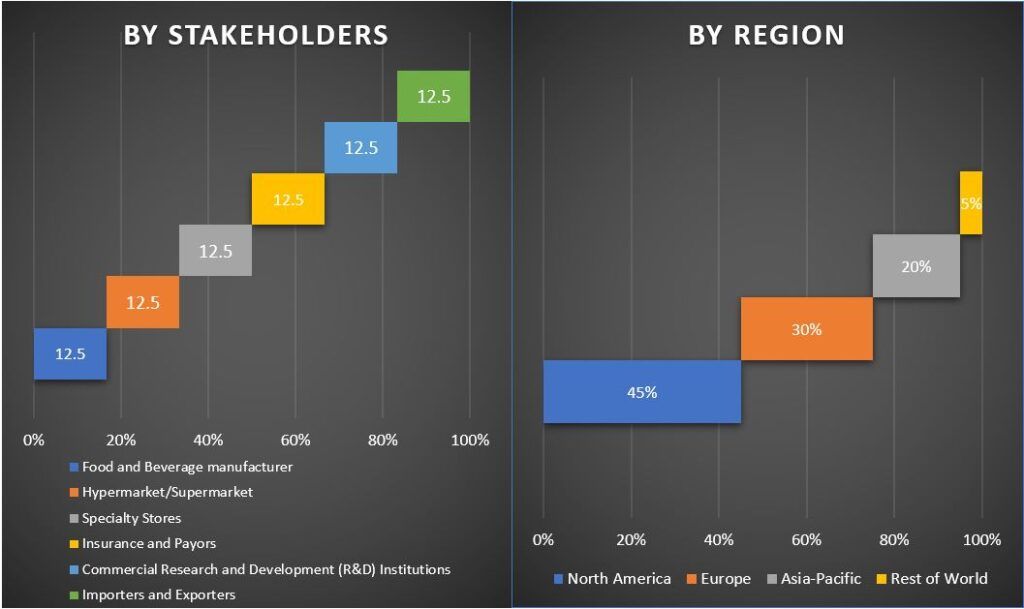
Market Engineering
Data triangulation technique was employed to complete the overall market estimation and to arrive at precise statistical numbers of each segment and sub-segment of the Dairy Processing Equipment market. Data was split into several segments & sub-segments post studying various parameters and trends in the areas of Type, Operation, Application, and Region of the Dairy Processing Equipment market.
Main Objective of the Dairy Processing Equipment Market Study
The current & future market trends of Dairy Processing Equipment were pinpointed in the study. Investors can gain strategic insights to base their discretion for investments from the qualitative and quantitative analysis performed in the study. Current and future market trends were determined the overall attractiveness of the market at a regional level, providing a platform for the industrial participant to exploit the untapped market to benefit as a first-mover advantage. Other quantitative goals of the studies include:
- Analyze the current and forecast market size of the Dairy Processing Equipment in terms of value (USD). Also, analyze the current and forecast market size of different segments and sub-segments.
- Segments in the study include areas of Type, Operation, Application, and Region
- Define and analysis of the regulatory framework for the Dairy Processing Equipment industry
- Analyze the value chain involved with the presence of various intermediaries, along with analyzing customer and competitor behaviors of the industry
- Analyze the current and forecast market size of the Dairy Processing Equipment market for the major region
- Major regions studied in the report include North America (the United States and Canada), Europe (Germany, France, Spain, and United Kingdom), Asia-Pacific (China, Japan, India, and Australia), and the Rest of the World
- Company profiles of the Dairy Processing Equipment market and the growth strategies adopted by the market players to sustain in the fast-growing market
- Deep dive regional level analysis of the industry
Related Reports
Customers who bought this item also bought



